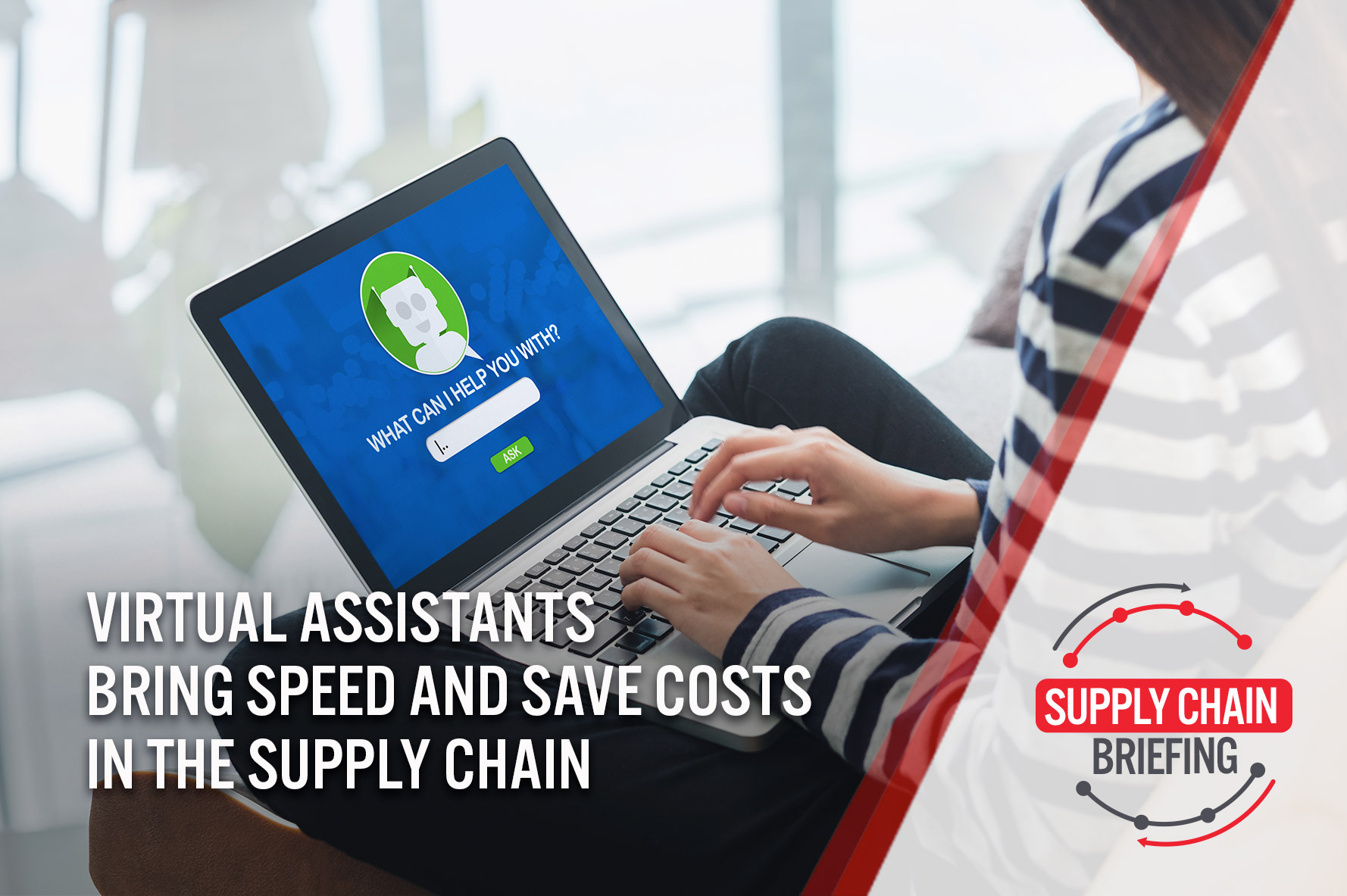
DIpil Das
 Source: Coresight Research[/caption]
Source: Coresight Research[/caption]
What are IVAs and How Do They Work?
IVAs use artificial intelligence (AI) to perform tasks like humans. Using natural language processing (NLP), machine learning, data integration, speech recognition and other technologies, IVAs interact with customers through websites or applications and respond to queries immediately without the need for human intervention. Examples include chatbots or voice assistants such as Google Home or Amazon Alexa.
The below conceptual diagram demonstrates how IVAs (in form of chatbots) can work:
[caption id="attachment_92277" align="aligncenter" width="700"] Source: My Purchasing Center/Coresight Research[/caption]
Source: My Purchasing Center/Coresight Research[/caption]
This is how an IVA chatbot might resolve a question (depending on how the specific chatbot has been configured):
- Customer asks a question.
- The chatbot acknowledges the question.
- If the chatbot has the answer (if it’s been previously formulated to the chatbot),the chatbot responds.
- If the chatbot does not have the answer, it searches for it on the Internet or via internal data including previous interaction history with the user.
- If the IVA chatbot finds answer, it responds to the customer’s question
- If the IVA chatbot cannot find the answer, it escalates to a human agent and learns accordingly to better respond next time.
Business Case for Intelligent Virtual Assistants
Global spending on IVA technology is expected to hit $17.13 billion by 2023, an estimated CAGR of 38% compared over the $3.42 billion in 2018, according to procurement intelligence company Beroe. IVAs offer real time conversations and accurate personalized responses, enhancing the customer experience.
How Supply Chain Operations Can Leverage IVAs
There are multitude of benefits that IVAs offer retailers at various stages of the supply chain, including:
- Higher operational efficiency as IVAs work around the clock and can respond with greater accuracy than humans.
- Improve customer experience: Faster response times, digitalized self-service platforms and easier interactions enhance the customer experience.
- Minimize costs through lower labor expenses.
- Better sales through cross-selling and up-selling with AI-generated recommendations.
How IVAs Help Throughout the Supply Chain
IVAs can improve the supply chain, particularly at certain stages:
- Logistics: IVAs can provide information on inventory and movement of goods.
- Last-Mile Delivery: IVAs can support client communication or handle delivery queries, including locations available for picking up goods.
- Sales: IVAs can respond to sales-related queries including suggesting products that suit customers’ preferences.
Examples of Applications
Courier company Aramex uses the Aramex Bot chatbot for customer service via Facebook Messenger to give customers on-demand and customised shipment tracking, to find the nearest Aramex’s location and share preferred delivery locations with Aramex. The chatbot customer service also enables customers to offer delivery and scheduling instructions. Customers can simply search for the Aramex Bot on the Facebook Messenger app to use the service.
[caption id="attachment_92273" align="aligncenter" width="700"] Aramex Bot chatbot on Facebook Messenger
Aramex Bot chatbot on Facebook Messenger Source: Aramex [/caption]
Alibaba’s Ali Xiaomi is a computer system that handles both spoken and written queries, and acts as a personal shopping assistant for Taobao customers. It can provide answers to questions about specific transactions such as delivery status, and can help users find products using a text or voice description or even a photo, returning a list of recommendations that users can filter by brand, color and other characteristics. Alibaba claims Ali Xiaomi can address up to 95% of customer-service enquries.
[caption id="attachment_92274" align="aligncenter" width="665"] Alime Shop Assistant icon (left) in Taobao app and the user interface (right)
Alime Shop Assistant icon (left) in Taobao app and the user interface (right) Source: Alizila [/caption]
Key Insights and Implications for Retailers
IVAs can improve supply chain operations by cutting labor costs and enabling faster and more accurate service delivery, ultimately leading to better customer experiences. Companies such as Alibaba and Aramex have been employing IVAs to improve supply chain efficiency. We expect to see wider adoption in the coming years as more businesses see the benefits IVAs can bringand if capabilities develop further and costs come down in future.